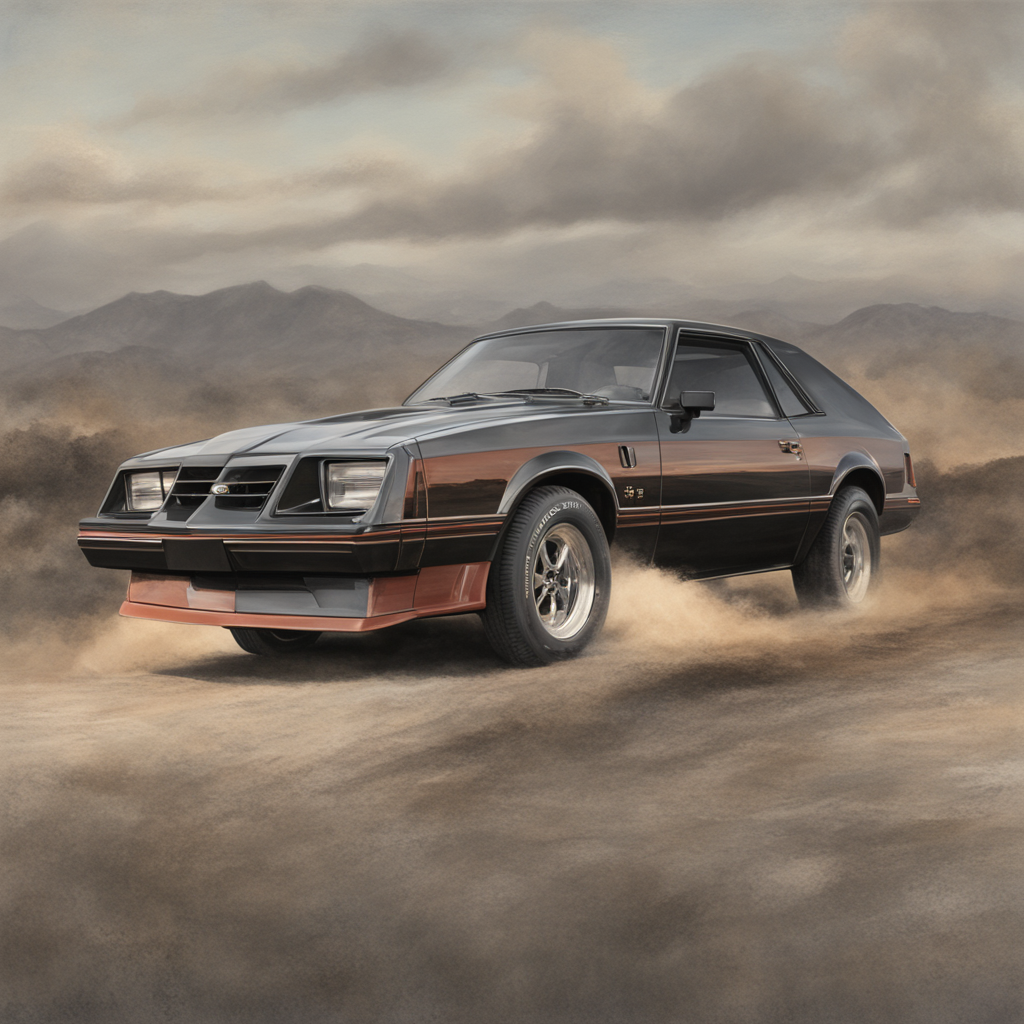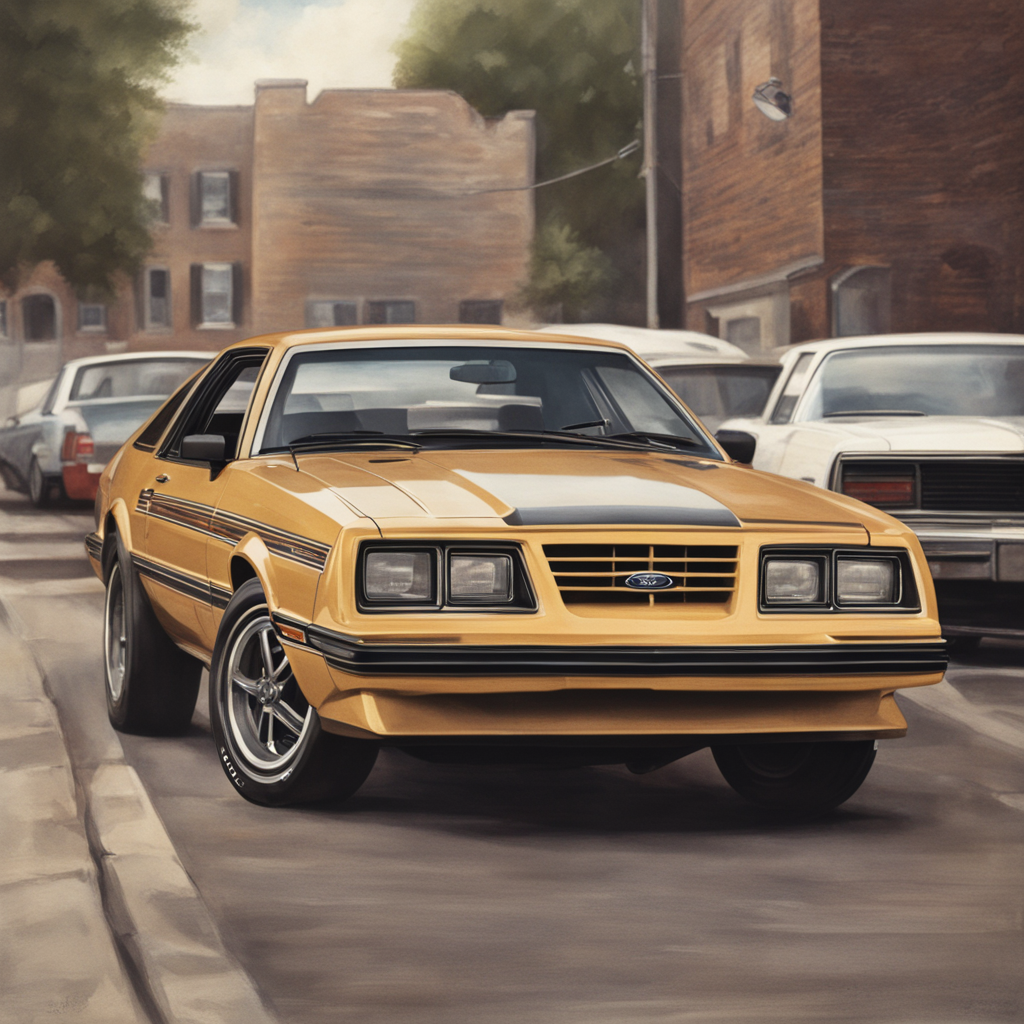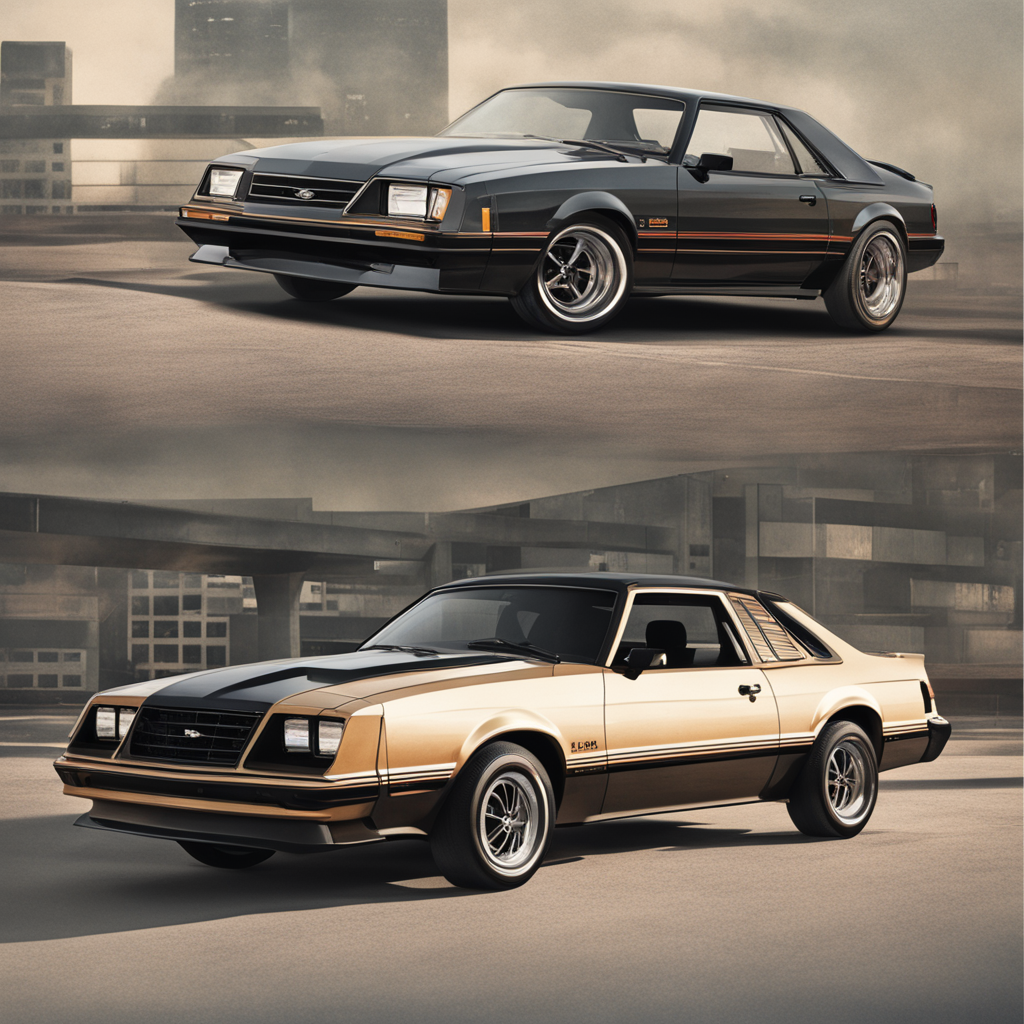The Last Hurrah for the First-Generation Mustang
This article provides an in-depth look at the 1979 Ford Mustang, a model year that marked the end of an era for the iconic muscle car.
Updated November 20, 2023
Brief History of the 1979 Ford Mustang
The 1979 Ford Mustang was the final year of production for the first-generation Mustang, which debuted in 1964. The ‘79 model year saw significant changes to meet new safety and emissions regulations. This marked a departure from the early years of the Mustang, where performance was prioritized over safety.

Significance of the 1979 Ford Mustang Model Year
The 1979 Mustang is significant because it represents the end of an era for the iconic muscle car. The first-generation Mustang’s design had become outdated by the late 1970s, and the market shift towards more practical vehicles, like the Ford Escort, signaled a change in consumer preferences.
Design and Styling of the 1979 Ford Mustang
The 1979 Mustang underwent significant design changes to meet new safety regulations. The most noticeable update was the larger, square-shaped grille, which replaced the iconic horse emblem. Other updates included revised headlight designs, a more angular front bumper, and a less aggressive stance.
Color Options and Trim Levels
The ‘79 Mustang offered five color options: Tropic Orange, Wimbledon White, Dark Blue Metallic, Candy Apple Red, and Silver Mink. The trim levels were:
- Base
- Sport Coupe (SC)
- Ghia (luxury-oriented trim)
- Cobra II (performance-oriented trim)
Performance and Specifications
The 1979 Mustang had the following performance specifications:
- Engine options: 2.3L inline-four cylinder, 3.8L V6, or 5.0L V8
- Horsepower ratings:
- 2.3L I4: 88 horsepower
- 3.8L V6: 105 horsepower
- 5.0L V8: 140 horsepower (Cobra II), 156 horsepower (GT)
- Torque ratings:
- 2.3L I4: 132 lb-ft
- 3.8L V6: 135 lb-ft
- 5.0L V8: 234 lb-ft (Cobra II), 262 lb-ft (GT)
Transmission Options
The ‘79 Mustang came with two transmission options:
- Three-speed automatic (AT)
- Four-speed manual (MT)
Variants and Special Editions
Some notable variants and special editions from the 1979 Mustang include:

- Fastback: A three-door coupe body style
- Convertible: A soft-top convertible version
- Cobra II: A high-performance package with unique styling elements, a performance suspension, and a 5.0L V8 engine
- GT Equipment Package: A sport-oriented trim level featuring upgraded brakes, suspension, and wheels
Fastback, Convertible, and Coupe Body Styles
The ‘79 Mustang was available in three body styles:
- Fastback (three-door coupe)
- Convertible (soft-top convertible)
- Coupe (two-door sedan)
GT Equipment Package
The GT Equipment Package added sport-oriented features to the Mustang, including:
- Upgraded brakes
- Sport suspension
- 15-inch aluminum wheels
- Unique exterior badging and stripes
Impact on the Automotive Industry
The ‘79 Mustang’s design changes reflected a shift in consumer preferences towards more practical vehicles. This trend influenced other manufacturers, leading to a focus on fuel efficiency and safety features.
Sales Figures and Popularity
According to Ford’s sales records, approximately 177,000 Mustangs were sold in 1979. While not as popular as previous years, the ‘79 Mustang still maintained a loyal following among muscle car enthusiasts.
Influence on Competitor Models
The ‘79 Mustang’s design changes influenced other manufacturers’ designs, particularly the Dodge Challenger and Chevrolet Camaro. These competitors responded to the changing market by introducing more practical, fuel-efficient models.
Collectibility and Value of 1979 Ford Mustang
The ‘79 Mustang has become a collector’s item due to its rarity and historical significance. Prices vary depending on condition, trim level, and engine option:
- Base model: $5,000 - $10,000
- Sport Coupe (SC): $7,000 - $15,000
- Ghia or Cobra II: $10,000 - $25,000
Buying Guide
When purchasing a 1979 Ford Mustang, look for the following:
- Clean title and ownership history
- Original documentation, including manuals and build sheets
- Correct engine and transmission options (e.g., Cobra II’s 5.0L V8)
- Condition of paintwork, interior, and mechanical components
Conclusion: The 1979 Ford Mustang marked the end of an era for the first-generation Mustang. While design changes reflected a shift in consumer preferences, the ‘79 model year still holds significance as a collector’s item and a testament to the muscle car era.

